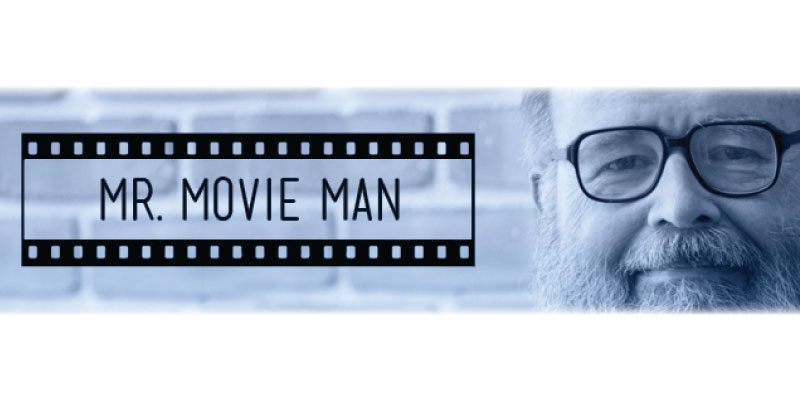It was with some reluctance that I decided to see the new version of Ben-Hur. The trailers had been less than inspirational and the film was almost ninety minutes shorter than the 1959 version with Charlton Heston. It was clear that many of the subplots would not be used. Even the subtitle was omitted: A Tale of the Christ. I was pleasantly surprised by this new and leaner version of Lew Wallace’s novel.
Wallace was never a good writer; although Ben-Hur remains readable, his other novels reveal just how bad Wallace could be. In my younger days I struggled through The Fair God, a novel about Cortez, but I have never been able to slog through the first volume of The Prince of India, a story about the fall of Constantinople, let alone the second volume. To my knowledge, Hollywood has stayed far, far away from those two turkeys.
Of all the cast in this new film, I recognized only Morgan Freeman; he often seems miscast as Sheik Ilderim, but he improves as the film progresses. (Hugh Griffith won an Oscar for his version of Ilderim in the 1958 version.) All the other actors and actresses seem to be European, but they are competent. (This is not to say that the 1958 cast was above criticism; Stephen Boyd was incredibly inept as Messala.)
Some of the missing subplots include the Nativity, the romance with Esther, the revenge-obsessed Simonides, key events of the naval battle, Judah Ben-Hur’s time in Rome, and most of the story about his mother and sister’s leprosy; The story moves quickly, but so much cutting does rob it of depth. The crucifixion of Christ is more graphic than in the 1959 film, but the Resurrection is omitted.
There are some gaffes: Christ is shown as having a carpentry shop in Jerusalem; some of the dialog is a bit too contemporary; and, worst of all, Judah Ben-Hur manages to take the name of the Lord in vain at least four times in the first thirty minutes. (Yes, I did keep count.) Also, I am not convinced that the Romans built a version of the Circus Maximus in Jerusalem.
The chariot race is well done, but I still prefer the race in the 1920s version; that race was filmed in one take rather than in bits and pieces.
In spite of the gaffes and the missing subplots, I recommend the film. I don’t plan to see it again in the theaters, but I will certainly buy the DVD when it comes out.






